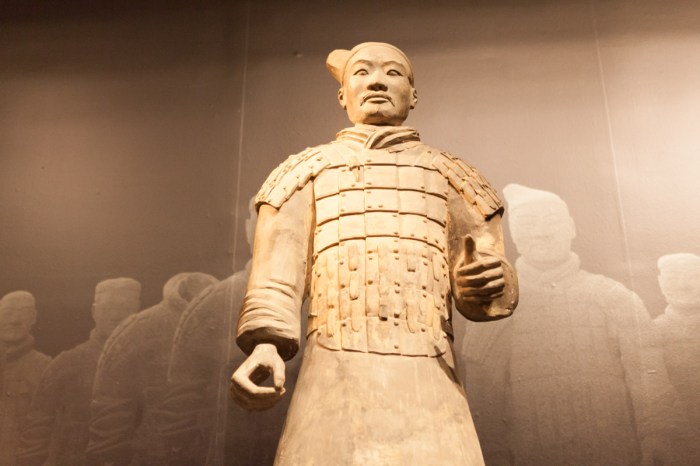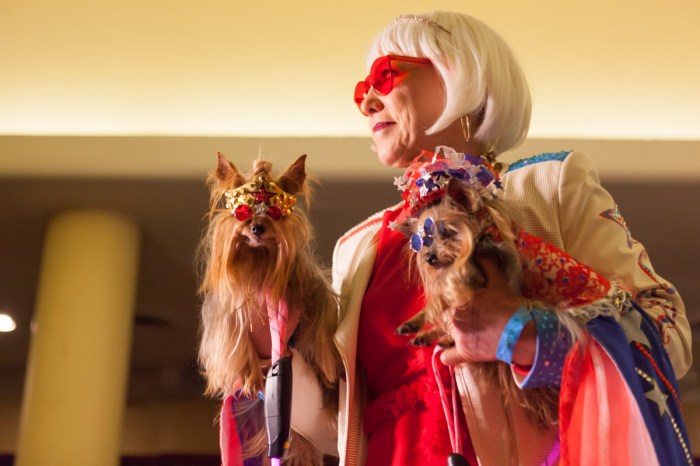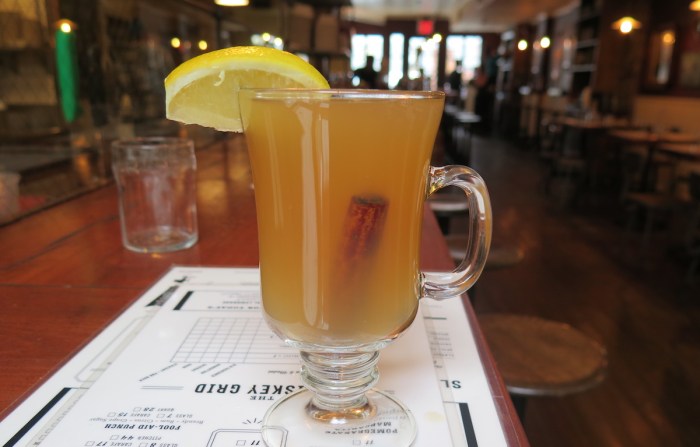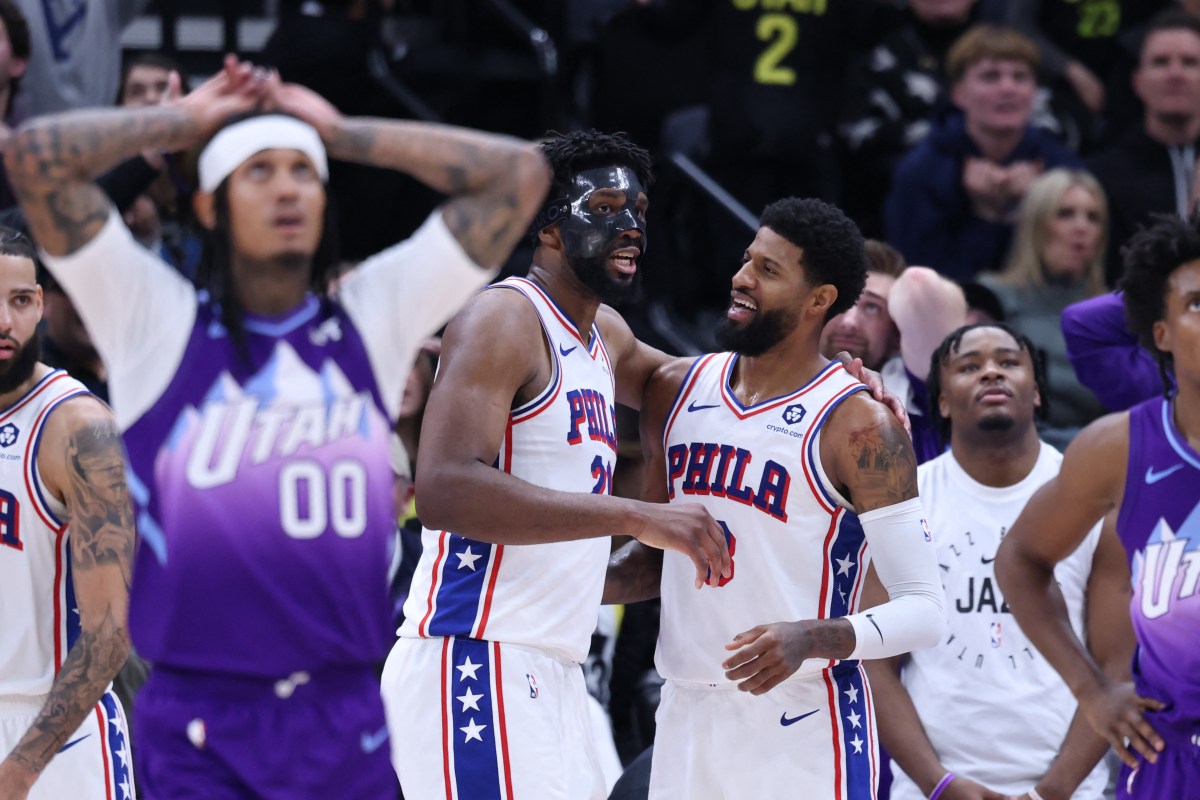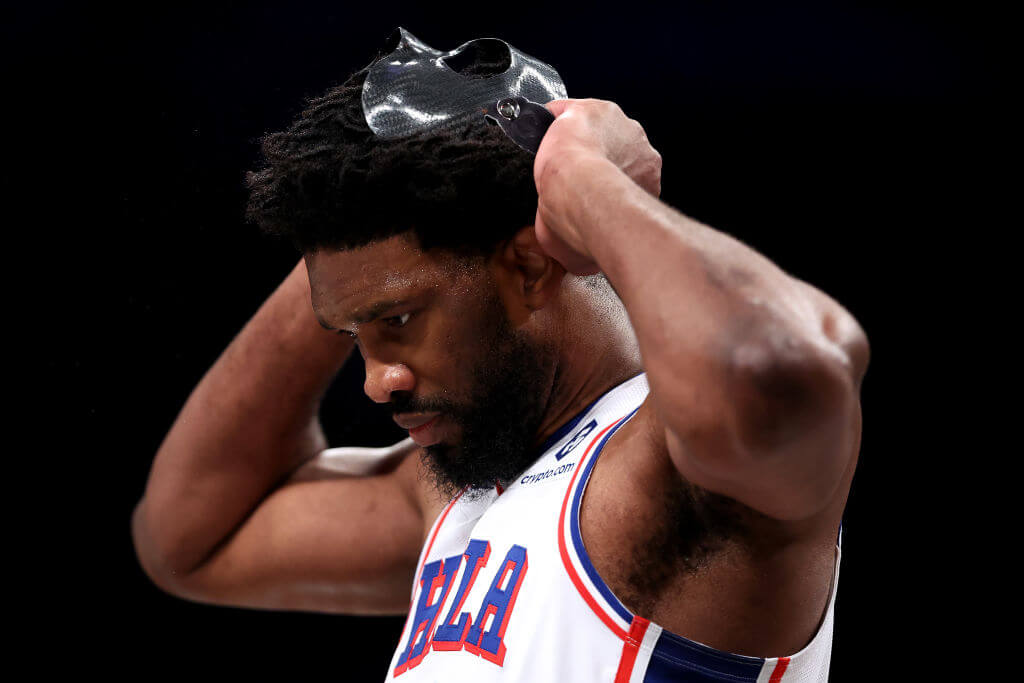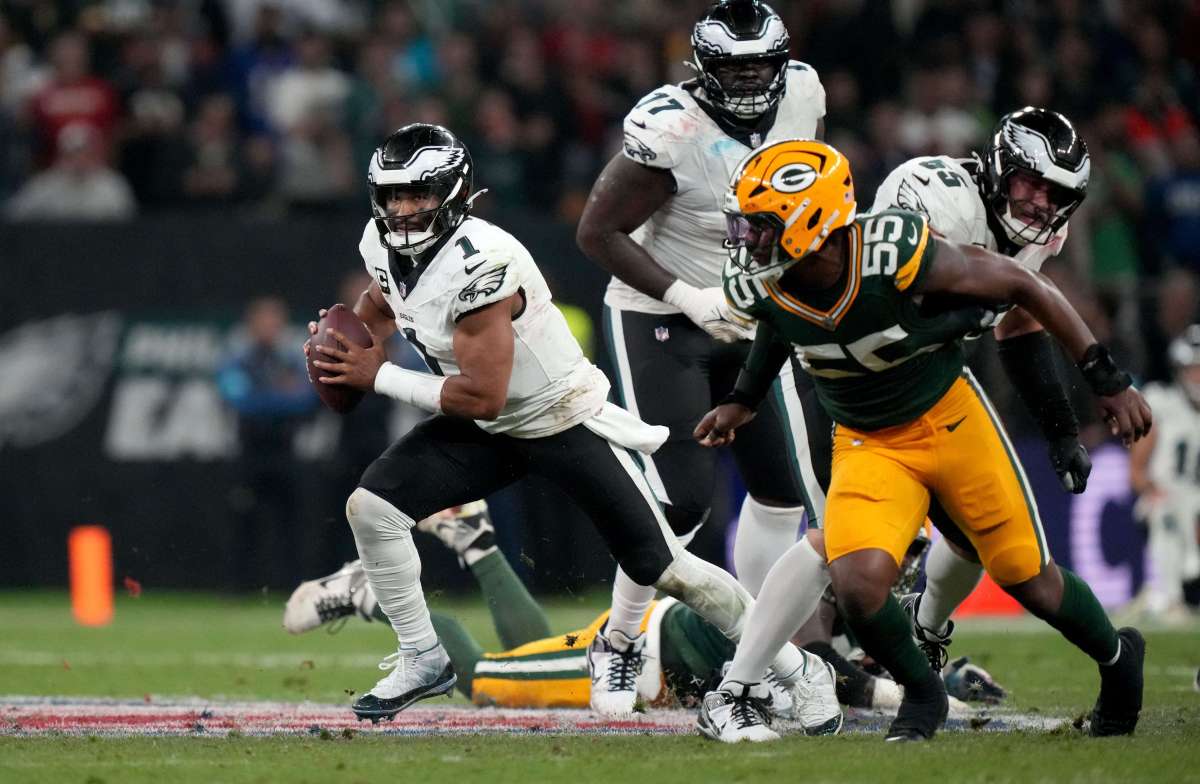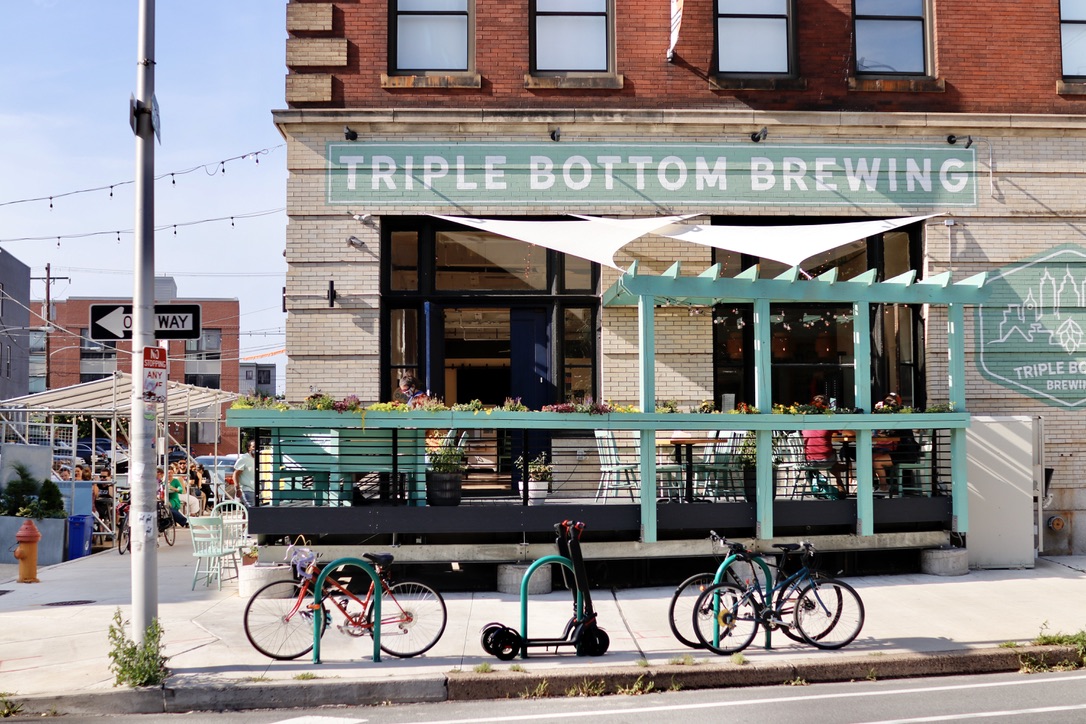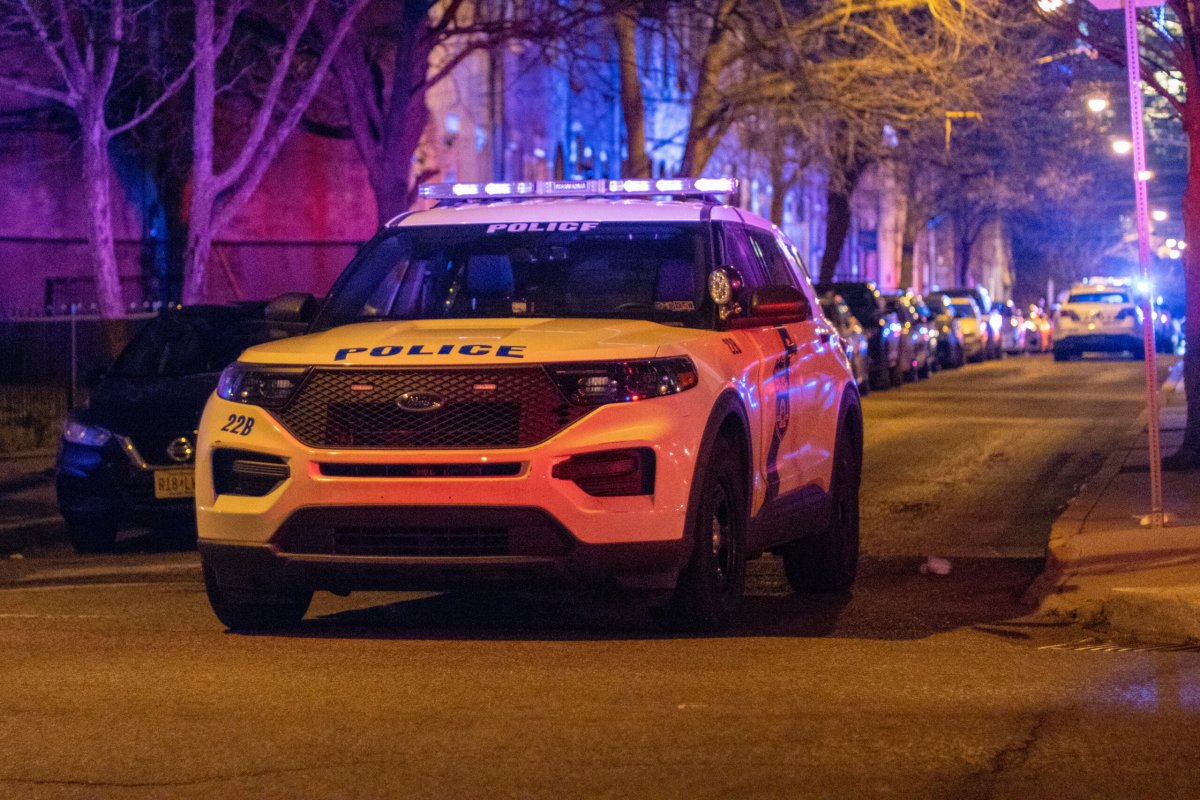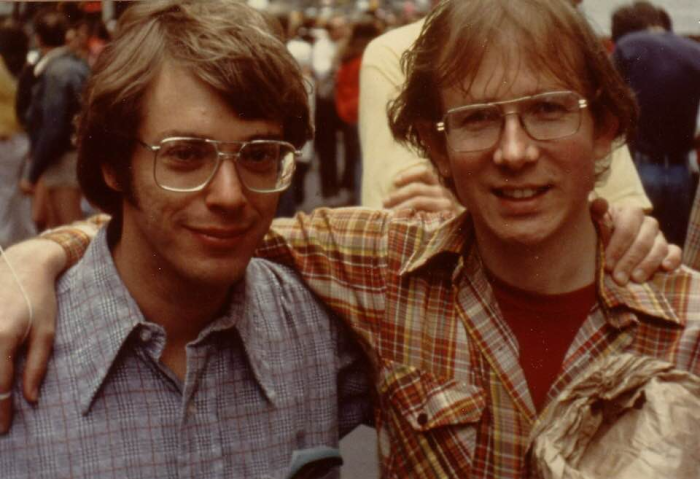Many women feel like they can’t play the fashion game — but none more than full-figured women. Or is that voluptuous women? Curvy? Rubenesque?
“We ended up choosing plus-sized because that’s the term that is used in the fashion industry,” says Ya’ara Keydar, one of the curators who assembledBeyond Measure: Fashion and the Plus-Size* Woman(the asterisk marks their ambivalence about the term). “We found out there is not one term that is satisfactory to everyone.” RELATED: Ride out winter at these bars with fireplaces The exhibit at 80WSE Gallery, which has its opening reception featuring pioneering plus-size model and muse Stella Ellis on Thursday night, was co-curated by seven graduate students in NYU Steinhart’s costume studies program. “It came out of class focusing on the history of costume in the 19th century,” says Keydar. “You can’t think about clothes without thinking of the body underneath.” During the 1800s, progress for women came with scrutiny. “The ideals of beauty underwent massive shifts,” Keydar says. “It has a lot to do with the growing role of women in society and the fear involved in those changes.” With that shift away from the home came other clothing needs. Women’s fashion priorities went from being decorative to practical for working and playing sports — “They want to ride bikes, they want to play tennis, they want to do all those things that were believed to be harmful for them.” It took the work of Victorian dress reformers to get clothiers to address their needs. “Think of women wearing crinolines and corsets and layers and layers of petticoats, they’re wearing gloves and veils and hats, and their hairdos are very elaborate. It’s not just aesthetically elaborate, it’s very restricting,” Keydar says. “So fashion has a lot to do with reflecting the need to restrict, and women were starting to realize that they don’t need to be restricted to their home.” Even as women in general gained freedom, plus-size women were left out because they didn’t have access to these new clothes. “Dress reformers who were wearing bloomers — which was a bifurcated skirt that was very wide and looked like harem pants — were ridiculed for not being attractive,” she says. “And you can see how everything is connected.” RELATED: Get your taxes done by an accountant at Bushwick bar Yours Sincerely As ready-to-wear clothing began to rise in popularity in the early 1900s, the fashion industry got a voice in what was considered acceptable for a woman’s body should look like.
“Sizes were standardized in the second half of the 19th century, and everything that exceeded it became marginalized,” explains Keydar. “Plus-size garments require specialty, they require a very thorough understanding of pattern-making. You can’t just enlarge a pattern and gradually hope that it will fit your plus-size model, you have to spend a lot of resources on that, and that was something that many brands just weren’t ready to invest in.” It was the Internet, and the rise of blogs and social media, that has begun to question why the 67 percent of American women who are size 14 or larger aren’t being represented in the fashion world. Ellis’ work with Jean-Paul Gaultier and others made her a runway sensation in the 1990s, while the Season 14 winner of “Project Runway,” Ashley Nell Tipton, is herself plus-size and presented an entire plus-size collection. But finding well-made clothes and reliable sizing for larger bodies continues to be a problem. “You can see there’s interest, and there’s clientele, and there’s money in this industry,” says Keydar. “There’s great potential there.”
Beyond Measure runs through Feb. 3 at80WSGAllery, 80 Washington Square East. Admission is free.Though Ellis’ talk is sold out, the conversation will be posted to YouTube and made part of the exhibition’s app, which offers an audio-visual tour online and at the gallery. To preview the exhibition and learn more about the objects in the exhibit, there’s a web app at Beyondmeasurenyu.com.
Fashion’s problematic history with plus-size women
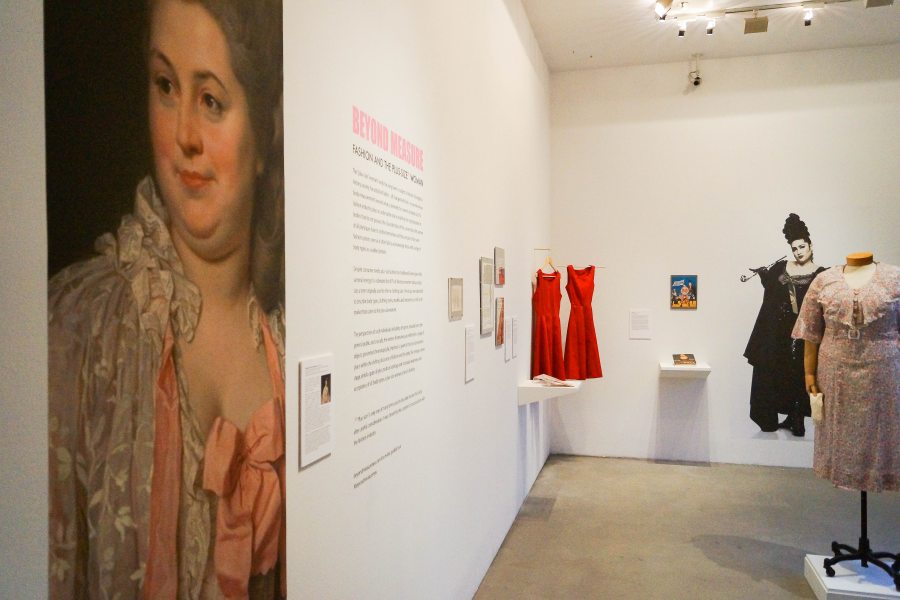
Courtesy Yaara Keydar

